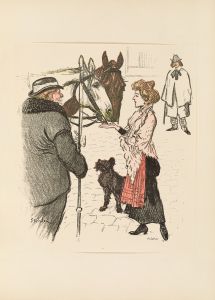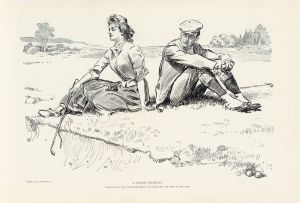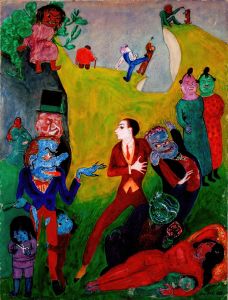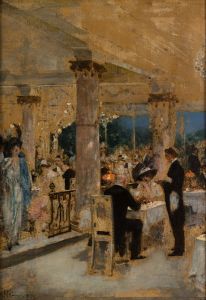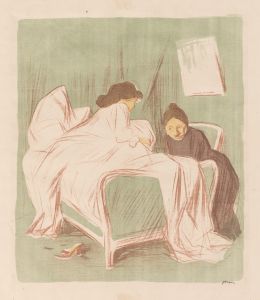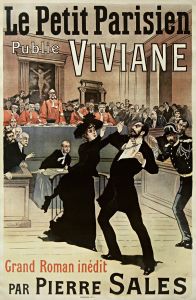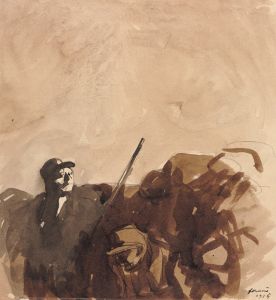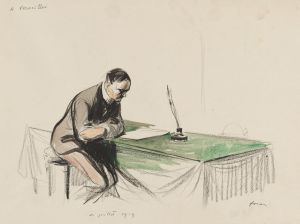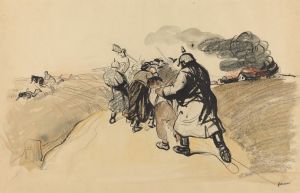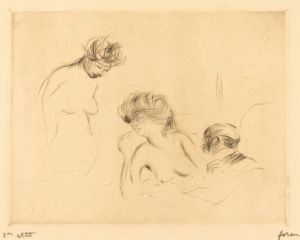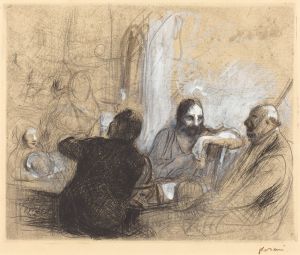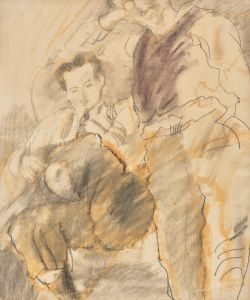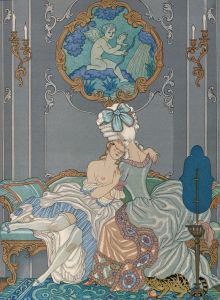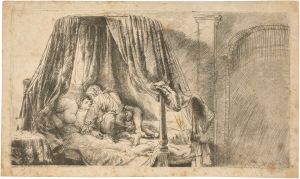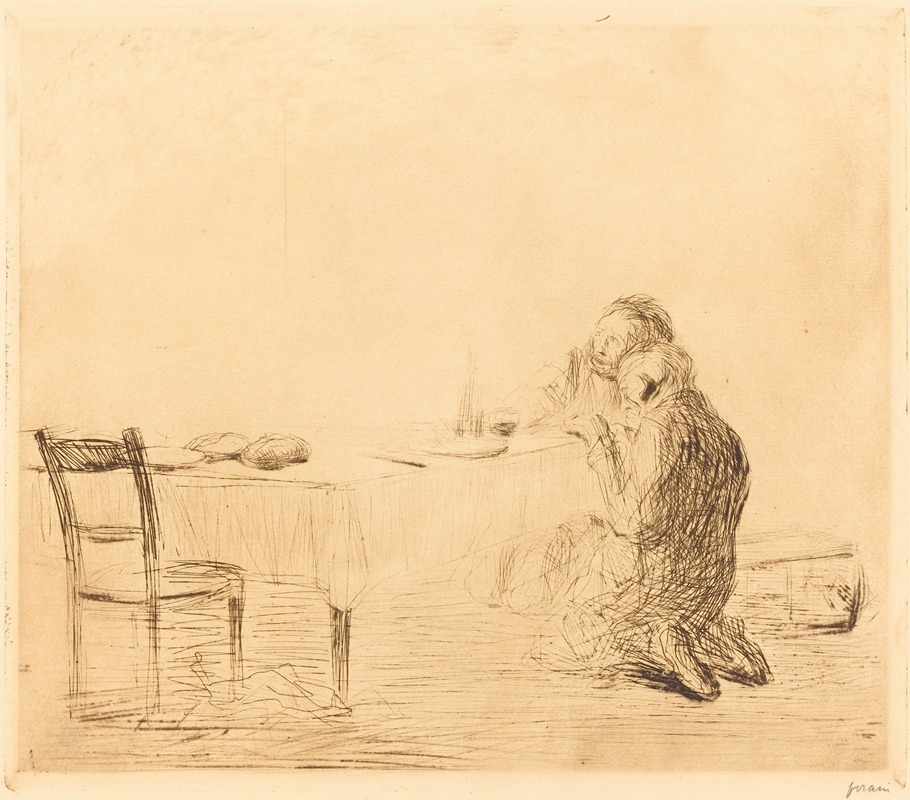
After the Vision
A hand-painted replica of Jean-Louis Forain’s masterpiece After the Vision, meticulously crafted by professional artists to capture the true essence of the original. Each piece is created with museum-quality canvas and rare mineral pigments, carefully painted by experienced artists with delicate brushstrokes and rich, layered colors to perfectly recreate the texture of the original artwork. Unlike machine-printed reproductions, this hand-painted version brings the painting to life, infused with the artist’s emotions and skill in every stroke. Whether for personal collection or home decoration, it instantly elevates the artistic atmosphere of any space.
Jean-Louis Forain was a French painter, lithographer, watercolorist, and etcher associated with the Impressionist movement. Born on October 23, 1852, in Reims, France, Forain became known for his satirical and often poignant depictions of Parisian life. He was a contemporary and friend of notable artists such as Edgar Degas and Édouard Manet, and his work often reflected the influence of these relationships.
One of Forain's notable works is "After the Vision" (French: "Après la Vision"), which exemplifies his skill in capturing the nuances of human emotion and the subtleties of social interactions. This painting, created in the late 19th or early 20th century, showcases Forain's adept use of light and shadow, as well as his keen eye for detail.
"After the Vision" depicts a scene that is both intimate and evocative. The central figure in the painting is a woman, who appears to be in a state of contemplation or reflection. The setting is likely a domestic interior, characterized by its subdued lighting and the presence of everyday objects that add to the realism of the scene. Forain's use of muted colors and soft brushstrokes creates a sense of quiet introspection, drawing the viewer into the woman's inner world.
Forain's background in caricature and illustration is evident in the expressive quality of the figure's face and posture. His ability to convey complex emotions through subtle gestures and facial expressions is a hallmark of his work. In "After the Vision," the woman's gaze is directed downward, suggesting a moment of personal revelation or introspection. The title of the painting hints at a preceding event or experience that has left a profound impact on her, though the specifics of this vision are left to the viewer's imagination.
Throughout his career, Forain was known for his ability to capture the essence of contemporary life, often with a critical or satirical edge. His works frequently addressed themes of social justice, the human condition, and the complexities of modern society. "After the Vision" is no exception, as it invites viewers to ponder the unseen events that have shaped the woman's current state of mind.
Forain's contributions to the art world extend beyond his paintings. He was also a prolific illustrator and contributed to various publications, including the satirical magazine "Le Courrier Français" and the literary journal "La Vie Moderne." His work in these mediums further solidified his reputation as a keen observer of society and a master of visual storytelling.
Jean-Louis Forain passed away on July 11, 1931, in Paris, leaving behind a rich legacy of artistic achievements. His works continue to be celebrated for their emotional depth, technical skill, and insightful commentary on the human experience. "After the Vision" remains a testament to Forain's ability to capture the fleeting moments of introspection and the enduring impact of personal revelations.





